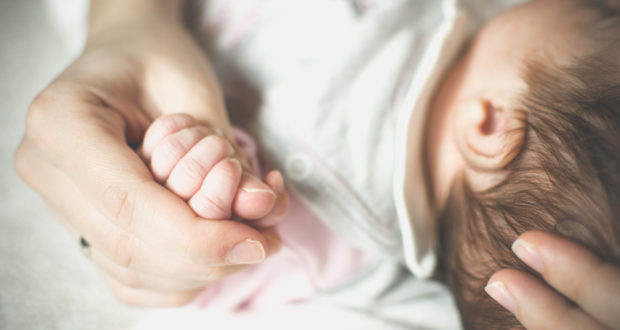SYMPTOMS
Below are the possible risks of improper placement of earrings:
- Allergic reactions. Jewellery used in piercing placement can cause allergic reactions. Examples are allergies from nickel piercings.
- Oral complications.Tongue piercings can damage the gums and can cause cracked or chipped Difficulty in chewing and swallowing, and sometimes breathing, may be experienced when tongue swelling occurs.
- Skin infections. After piercings, there may be pain,redness, swelling or a pus-like discharge, indicating an infection.
- Other skin problems. Scars or raised skin areas (keloids) may appear after piercings
- Bloodborne diseases.Blood borne diseases like hepatitis B, hepatitis C, tetanus and HIV may be acquired if the equipment used is contaminated
- Tearing or trauma. Stitches or other repairs may be needed when jewelry is torn out or if it gets
Other treatments or medications are necessary if allergic reactions, infections or other skin problems near the piercing occur.
Swollen, red and tender skin around the pierced area may be present for a few days, and is normal. But if will last longer than a few days, immediately consult your doctor for early treatment.


